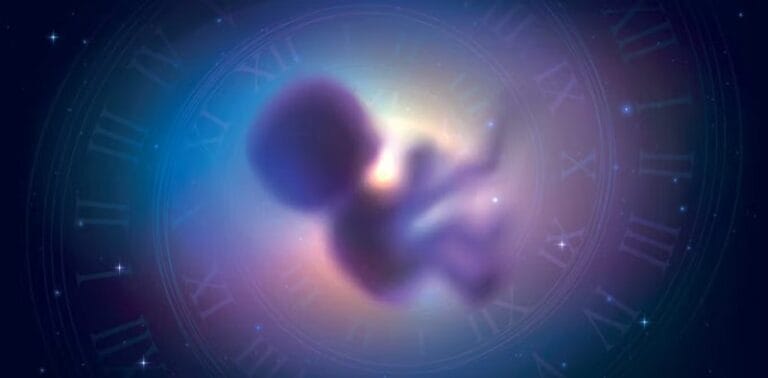Gas giant photographed in exoplanet research

Astronomers from the Young Suns Exoplanet Survey (YSES) project announced the discovery of a planet candidate with a mass between 3 and 5 times that of Jupiter, located an impressive 730 astronomical units from its host star — about 24 times the distance between the Sun and Neptune. The detection was made through direct imaging with the SPHERE instrument installed on ESO’s Very Large Telescope (VLT), and was complemented with observations from MagAO-X at the Magellan telescope.
The research details were published in a scientific paper on arXiv, the preprint repository for physics and astronomy. According to the study, the object — still awaiting confirmation — represents a rare case of a cold, low-mass planet orbiting at an extreme separation.
Central star system exhibits complex dynamics
Observations revealed that the star 2MASS J10065573-6352086 (or 2M1006) is actually a binary system composed of a Sun-like star (with an estimated mass of 1.03 M☉) and a cooler, less luminous companion. However, the data suggest that this configuration may be even more complex.
“There is strong evidence that this system has at least one additional unresolved stellar component,” the authors state. This suspicion arises from inconsistencies between the observed orbital motion, the difference in radial velocities, the excess luminosity of the secondary star, and the high RUWE — a metric used by the Gaia catalog to assess the quality of astrometric data.
Furthermore, the radial velocity difference between the two stars, estimated at 96.5 ± 6.6 km/s, greatly exceeds the expected escape velocity for the system, suggesting that the stars may not be gravitationally bound — or that a significant amount of mass remains unseen.
Planet formation challenged by wide separation
The existence of such a massive planet so far from the system’s center poses a direct challenge to the main theories of gas giant formation.
The core accretion theory — the most widely accepted — predicts that gas giants form relatively close to their stars, where the protoplanetary disk material is denser. The gravitational instability model, on the other hand, can form planets in wider orbits but typically between 20 and 200 AU. The new candidate far exceeds this range.
“A planet so distant would have to form extremely quickly or migrate through mechanisms that are still poorly understood,” the researchers emphasize.
Motion data suggest possible gravitational binding
Although the candidate’s proper motion is consistent with that of the central star, uncertainty about the system’s exact center of mass prevents a definitive confirmation that it is an orbiting planet. An alternative hypothesis is that it is a rogue object — an interstellar planet captured by the system or a brown dwarf analogue.
Statistical models applied to the stellar field around indicate an extremely low probability (0.000052%) that the object is a chance alignment with a background star.
“If confirmed as a planet bound to the system, this would be an extraordinary discovery,” the team states. “But even if it is a rogue object, its identification is scientifically valuable.”
Next steps: spectroscopy and continuous monitoring
Confirming the nature of the object will require continuous monitoring of the system and detailed spectroscopy of the candidate. The goal is to measure its atmospheric composition and orbital variations with greater precision.
According to the researchers, “long-term observations in direct imaging and radial velocity, along with spectra of the candidate, are essential to resolve the nature of this unusual system.”
If confirmed, this will be yet another example of a low-mass planet in an extreme orbit — a rare type of object that forces astronomers to rethink the limits and mechanisms of planet formation.






